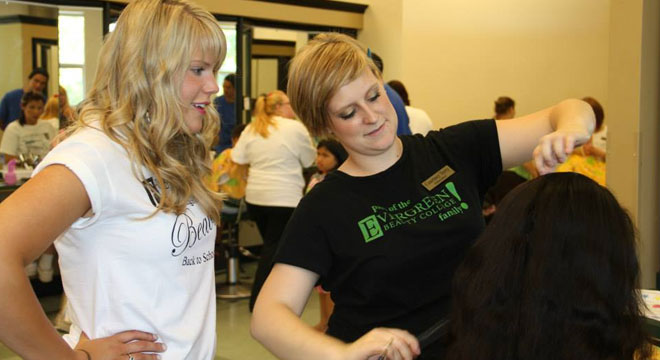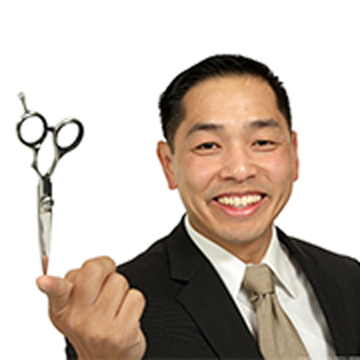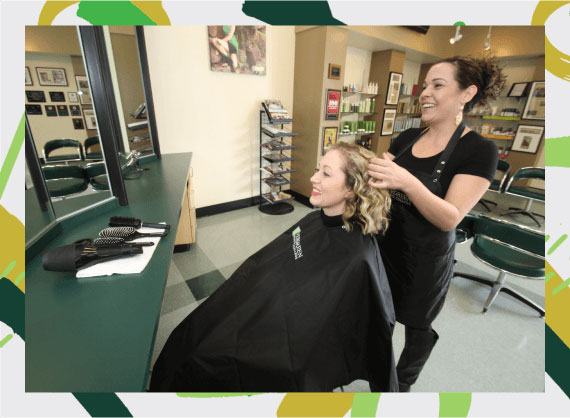What You Ought to Know About Hairdresser Training
Hairdresser training remains a popular option for many people who are seeking a satisfying career. Anyone looking to work in any kind of beauty or health sector job needs to make sure that they are properly qualified. Hairdressing is no different in this regard. Training not only teaches aspirant hairdressers how to cut hair, but also how to follow proper health and safety guidelines, essential for anyone who is serious about the job.
Avoid Online Hairdresser Training Offers
The first thing to remember is that states in the USA will only accept applications for hairdressing licenses from people who have undergone training at an approved center. Online providers and qualifications obtained from distance learning courses are not generally accepted. Becoming a good hairdresser requires plenty of practical experience, as well as theoretical knowledge. Only a properly approved training provider can offer this.
While no one expects a massively high standard of academic excellence from a potential hairdresser, training providers may well want to see your high school transcripts, or GED scores. This is so that they can establish how well you are likely to handle the classroom elements of the training. Class sizes can sometimes be limited to a certain number of places, so the better your academic qualifications, the better your chances of making the training course that you want.
What to Expect from a Hairdresser Training Course
A typical training course will involve between 1000 and 2000 hours of work, depending on the specific requirements of the program. As well as learning how to cut hair properly, and how to shape styles, you will also need to undertake studies in cosmetology.
These, of course, include hair dyes, bleaches, skin care substances, and nail technologies, all of which may be used in the course of your career. Being able to spot hair health issues is another important component of any study program. Conditions such as head lice and dandruff can make a massive difference to how you treat a customer’s hair, and you need to be able spot them. You also need to be trained to spot fungal infections, and more serious, ongoing conditions such as excema or psoriasis.
In addition, proper cleaning and sterilization procedures need to be learned. You will also need to learn basic business skills. These skills will come in handy when you decide to open your own salon. Salon management skills, such as correct cleaning procedures, also make up an important part of training.
Becoming a hairdresser can be very useful when times are tough in the wider economy. People will always need to get their hair cut, after all. Hairdresser training can be the ticket to a stable, satisfying, and well-rewarded career, doing something you love.





